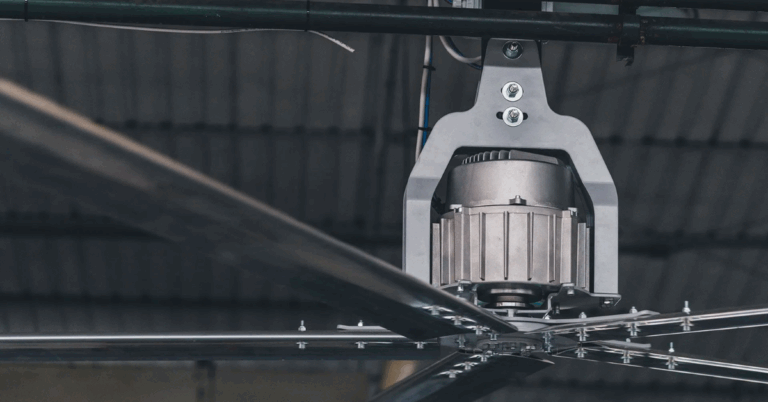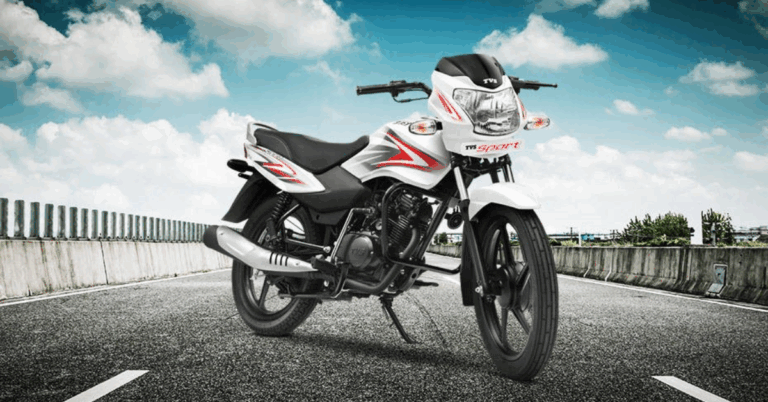The Ultimate Guide to Riding Jackets: A Comprehensive Overview
Motorcycling is an exhilarating experience, but it’s important to ensure safety, comfort, and style while on the road. One of the most crucial pieces of gear for any rider is a Riding Jacket. A high-quality jacket not only offers protection but also enhances the rider’s experience. In this article, we will explore the importance of riding jackets, their features, types, and how to choose the perfect one for your needs.
Why a Riding Jacket is Essential
A riding jacket is more than just a fashion statement. It serves several key purposes that can make a significant difference in the event of an accident:
Protection from Abrasions: In case of a fall, a riding jacket helps protect your skin from road rash and abrasions. It’s designed to withstand friction from the road and can be made of materials such as leather, textile, or a combination of both for maximum durability.
Weather Protection: Riding jackets are designed to shield riders from the elements, including wind, rain, and sun exposure. With features like waterproof liners, vents, and insulation, they provide comfort in varying weather conditions.
Impact Protection: High-quality jackets are equipped with armor in key areas such as the shoulders, elbows, and back. These protective pads are designed to absorb impact in case of a crash and can significantly reduce the risk of injury.
Improved Visibility: Some jackets come with reflective elements or bright colors to ensure better visibility, especially in low-light conditions or during night rides. This added visibility helps to make the rider more noticeable to other road users.
Comfort and Ergonomics: Modern riding jackets are designed with comfort in mind. They offer a range of motion and flexibility while riding. Adjustable cuffs, collars, and waistbands help the rider achieve a snug fit, ensuring that the jacket doesn’t hinder performance or comfort.
Types of Riding Jackets
Choosing the right riding jacket depends on the type of riding you do and the environment in which you ride. There are various types of jackets, each with unique features suited for different riding styles:
1. Leather Jackets
Leather jackets are a classic choice for many riders. Known for their durability and timeless appeal, leather jackets are a popular option for both style and protection.
Pros: Leather provides excellent abrasion resistance, making it one of the best materials for protection in case of a fall. It also offers natural wind resistance, which is great for colder weather.
Cons: Leather jackets can be heavy and less breathable compared to textile options. Additionally, they require more maintenance to keep them in good condition, especially in wet conditions.
2. Textile Jackets
Textile jackets are made from synthetic materials like nylon, polyester, or Cordura. These jackets are designed to be lightweight and more breathable, making them a great option for riders in warmer climates.
Pros: Textile jackets often feature waterproof membranes, which makes them ideal for wet conditions. They are also lighter and more flexible than leather jackets.
Cons: While textile jackets offer good abrasion resistance, they may not be as durable as leather jackets. However, modern textile jackets often come with reinforced areas to provide added protection.
3. Adventure Jackets
Adventure jackets are designed for riders who enjoy long-distance rides and touring. These jackets combine features from both leather and textile options to provide maximum protection and comfort over extended periods.
Pros: Adventure jackets typically offer a high level of ventilation, weatherproofing, and large storage options for touring needs. They are made with advanced materials to provide both protection and comfort for long rides.
Cons: These jackets can be bulkier and heavier than other options, which may not be ideal for short or city commuting.
4. Racing Jackets
Racing jackets are designed for high-performance riders who need maximum protection and aerodynamics. They are often made of leather and feature specialized armor in areas prone to impact.
Pros: Racing jackets provide superior protection with advanced armor and impact-resistant materials. They also offer a streamlined, aerodynamic fit for high-speed riding.
Cons: These jackets are tailored for speed and performance, which means they may not be the best choice for everyday commuting or casual riders. They can be quite stiff and less comfortable for long-distance rides.
5. Commuter Jackets
Commuter jackets are designed for riders who use their bikes for daily commuting. They focus on providing comfort, protection, and weather resistance for shorter, more frequent rides.
Pros: Commuter jackets are generally lightweight, breathable, and provide excellent comfort for city riding. They may also feature additional safety features like reflective panels and adjustable closures.
Cons: These jackets may not offer the same level of high-performance protection as racing or adventure jackets, but they are perfect for everyday urban use.
Features to Look for in a Riding Jacket
When selecting a riding jacket, there are several key features you should look for to ensure maximum safety, comfort, and durability:
1. Protective Armor
The most important feature of any riding jacket is its protective armor. Look for jackets that include CE-approved armor in critical areas like the shoulders, elbows, and back. Some jackets offer options to add extra armor, including chest or hip protection.
2. Ventilation and Breathability
Riding jackets should provide adequate airflow to prevent overheating, especially during warm weather. Jackets with built-in vents allow for proper ventilation, which helps regulate body temperature. Many textile jackets offer adjustable vents that can be opened or closed depending on the weather.
3. Waterproofing and Weatherproofing
A good riding jacket should be able to handle various weather conditions. Look for jackets that have a waterproof membrane or removable liners to keep you dry during rainy rides. Additionally, jackets with thermal liners can keep you warm in colder conditions.
4. Fit and Adjustability
A proper fit is crucial for comfort and safety. A jacket that is too loose can shift during a fall, reducing its protective capability. A jacket that is too tight can restrict movement and be uncomfortable. Choose jackets with adjustable straps or closures at the waist, cuffs, and collar to ensure a snug, personalized fit.
5. Visibility Features
Reflective panels or high-visibility colors are important for safety, especially when riding at night or in low-light conditions. These features make the rider more visible to other motorists, reducing the risk of accidents.
6. Storage and Pockets
Long rides require extra gear, and having convenient storage in your jacket can be a game-changer. Look for jackets that have enough pockets to store your essentials, such as your wallet, phone, or keys, while also keeping them secure and protected.
How to Choose the Right Riding Jacket
Choosing the right jacket involves considering a few factors, such as your riding style, weather conditions, and comfort preferences. Here’s a simple guide to help you make an informed decision:
Consider Your Riding Style: Are you a city commuter, a long-distance rider, or a high-performance rider? Your riding style will determine the type of jacket you need.
Check the Weather: If you live in a place with varying weather, choose a jacket that offers features like ventilation, waterproofing, and thermal liners. Consider getting a jacket with removable liners for versatility.
Focus on Fit and Comfort: Comfort is key when selecting a riding jacket. Ensure that the jacket fits snugly but allows for enough movement and flexibility. Adjustable features like waist straps, cuffs, and collars can make a significant difference.
Look for Proper Protection: Make sure the jacket has CE-approved armor in the critical areas. Some jackets may offer additional armor options for added protection.
Try It On: Always try on the jacket before purchasing it. Make sure it feels comfortable, provides the right amount of protection, and fits well. Pay attention to details like sleeve length and jacket length to ensure it doesn’t ride up during a ride.
Conclusion
A riding jacket is an essential part of any rider’s gear collection, offering protection, comfort, and style. Whether you’re a casual commuter or a high-performance rider, there’s a jacket out there designed to suit your needs. When choosing the right one, consider the jacket’s material, fit, protection features, and weather resistance. By making an informed decision, you can ride with confidence knowing that you are safe and comfortable on the road.
Frequently Asked Questions (FAQs)
1. What is the best material for a riding jacket? The best material depends on your riding needs. Leather offers great abrasion resistance and durability, while textile jackets are lightweight, breathable, and often more waterproof. For long-distance touring, you may want a combination of both materials.
2. How can I make my leather riding jacket last longer? To prolong the life of your leather jacket, regularly clean it with leather cleaner, condition it to maintain its suppleness, and store it in a cool, dry place away from direct sunlight. Avoid wearing it in heavy rain without proper protection.
3. Do I need to wear armor inside my jacket? Yes, armor is crucial for protection. Look for jackets that include CE-approved armor in the shoulders, elbows, and back. Some jackets allow you to add extra armor for more comprehensive protection.
4. Can I wear a riding jacket in the rain? Yes, many modern riding jackets are designed with waterproof features or removable liners to keep you dry in the rain. Always check the jacket’s specifications for its waterproof capabilities.
5. How do I know if a jacket fits properly? A jacket should feel snug without being restrictive. When you move your arms, the jacket should stay in place and not ride up. Make sure the sleeves are long enough and the collar doesn’t feel tight when riding.







